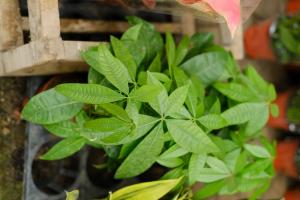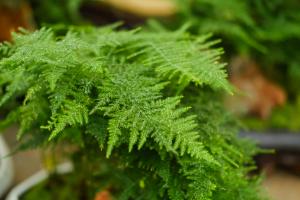What Plant Hardiness Zone Am I In?
Choosing the right plants and trees for your garden can be a daunting task, especially if you're not sure what plant hardiness zone you are in. Plant hardiness zones are determined by the average annual minimum temperature in a given area and are divided into 13 zones ranging from 1 (coldest) to 13 (warmest). Understanding which zone you are in will help you make informed decisions about which plants are suitable for your garden.
How to Determine Your Plant Hardiness Zone
To determine your plant hardiness zone, you can use the USDA Plant Hardiness Zone Map. The map allows you to search for your zone by entering your zip code, city, or state. Once you have located your zone, you can use this information to select plants that are best suited for your region.
It's important to note that while the USDA Plant Hardiness Zone Map is a useful tool, it is not the only factor to consider when selecting plants for your garden. Other environmental factors such as soil type, sunlight exposure, and rainfall will also influence plant growth and survival.
Examples of Plants Suitable for Different Hardiness Zones
Now that you know what plant hardiness zone you are in, here are some examples of plants that are suitable for different zones:
Zone 3
Plants that can survive in extremely cold conditions, such as spruce trees, mountain ash, and highbush cranberry.
Zone 6
More milder climates call for plants such as daylilies, roses, and lilacs to thrive.
Zone 10
For tropical zones, try planting banana trees, hibiscus, and plumeria for a beautiful and lush landscape.
Conclusion
By understanding what plant hardiness zone you are in, you can select plants and trees that will thrive in your specific environment. Remember to consider other environmental factors in addition to your hardiness zone when making your selections. With this knowledge, your garden will be full of beautiful and healthy plants for years to come.

 how many times do yo...
how many times do yo... how many planted tre...
how many planted tre... how many pine trees ...
how many pine trees ... how many pecan trees...
how many pecan trees... how many plants comp...
how many plants comp... how many plants can ...
how many plants can ... how many plants and ...
how many plants and ... how many pepper plan...
how many pepper plan...






























